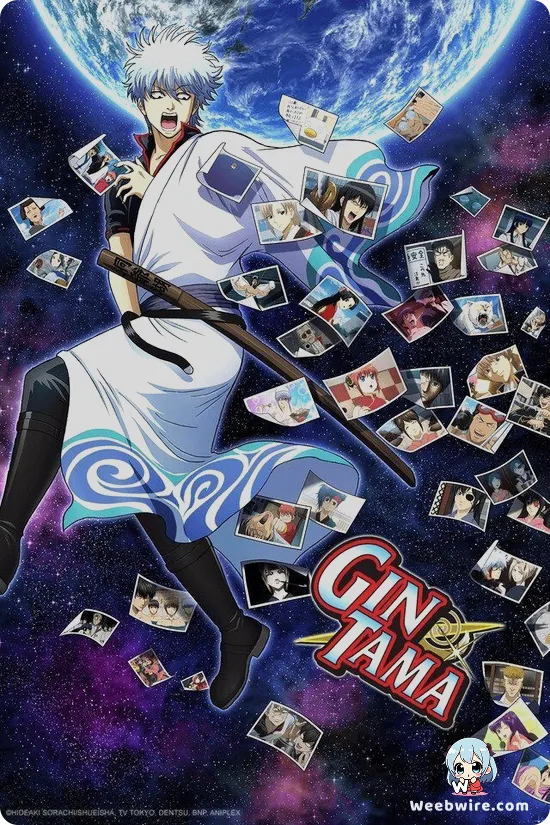Unveiling the Hidden Depths: Surprising Insights into diomedéa's 'Domestic Girlfriend' Anime

While Studio diomedéa's anime adaptation of Kei Sasuga’s acclaimed manga, Domestic Girlfriend, has undeniably captivated audiences with its intense drama and complex romantic entanglements, a deeper dive reveals a treasure trove of fascinating insights that extend far beyond its initial appeal. Far from a straightforward adaptation, the television series charted its own distinctive course, surprising even long-time manga enthusiasts and forging a truly unique viewing experience that stands on its own merits.
The Anime's Bold Narrative Divergence
A pivotal aspect for anime-only viewers, and indeed a point of considerable discussion among the broader fanbase, is the substantial narrative divergence from Sasuga’s original manga. The anime, while masterfully preserving the emotional core and central conflict involving Natsuo, Rui, and Hinata, opted for a highly concentrated storyline. It meticulously focused on the initial arcs, delving deeply into the foundational relationships and emotional turmoil, before culminating in an original ending specifically crafted for the TV series. This strategic decision meant that a significant portion of the manga’s expansive later developments, intricate character evolutions, and its famously divisive conclusion were left unadapted. Consequently, those who completed the anime will find the manga offers a sprawling continuation, introducing a myriad of new characters, unexpected plot twists, and a resolution that ignited widespread debate within the fandom. This unique narrative journey underscores diomedéa’s creative autonomy in delivering a self-contained story for the small screen, providing a fresh and compelling perspective on the characters' profound emotional turmoil and personal growth, allowing the anime to stand as a complete, albeit different, artistic statement.
Symbolism in Character Naming
Beyond the overarching plot, subtle yet profound nuances are woven into the character designs and, notably, their names, offering intriguing layers for discerning observers. The names of the sisters, Hinata and Rui, for instance, carry significant symbolic weight that enriches their personalities. 'Hinata' (陽菜) can be interpreted as 'sunny place' or 'facing the sun,' a perfect mirror to her outwardly bright, nurturing, and inherently warm personality. She often serves as a beacon of hope and stability for Natsuo, embodying a radiant presence in his life. Conversely, 'Rui' (瑠衣) can evoke images of a 'jewel' or 'lapis lazuli,' suggesting something precious, perhaps initially veiled or challenging to grasp—much like her initially reserved, often emotionally intricate, and sometimes prickly demeanor. Her true value and depth become apparent only upon closer inspection. Natsuo (夏生), meaning 'summer birth' or 'born in summer,' perfectly aligns with his passionate, often impulsive nature, which frequently propels the series’ central drama forward through his earnest, albeit sometimes misguided, actions. These meticulously chosen naming conventions are a testament to Kei Sasuga's exceptional world-building and character conceptualization, enriching understanding of the characters' inherent traits and destinies in ways that might escape a casual viewer, adding a layer of thematic depth to their complex relationships.
Kei Sasuga's Distinctive Storytelling
Kei Sasuga, the visionary manga artist behind Domestic Girlfriend, is celebrated for a distinctive storytelling style marked by her fearless exploration of complex romantic triangles and the profound psychological impact of unconventional relationships. Prior to Domestic Girlfriend, Sasuga garnered significant recognition for Good Ending, another emotionally charged romance that similarly delved into intricate character dynamics and personal evolution. Fans of Domestic Girlfriend might find it compelling to trace how Sasuga's recurring thematic elements—such as the exploration of first loves, forbidden romance, and the journey of self-discovery through relationships—matured and intensified from her earlier works, culminating in the intense and often morally ambiguous narrative of Domestic Girlfriend. Her unparalleled ability to craft deeply flawed yet remarkably relatable characters, navigating difficult choices and societal expectations, remains a hallmark of her writing, elevating the series beyond mere 'ecchi' spectacle into a profound and often uncomfortable character study that challenges conventional notions of love and family.
Studio diomedéa's Artistic Vision

Studio diomedéa, renowned for its versatile animation prowess across diverse genres, approached Domestic Girlfriend with a meticulous focus on emotional resonance and visual storytelling. While their portfolio includes lighter fare like Squid Girl and fantasy series such as Kantai Collection, their work on Domestic Girlfriend powerfully showcases their strength in rendering nuanced character expressions and executing intense dramatic sequences. The studio employed a vibrant color palette and dynamic cinematography to underscore the emotional highs and lows, skillfully transforming potentially controversial scenes into impactful dramatic moments that resonated deeply with viewers. Their visual representation of the characters' internal conflicts and the palpable tension of their forbidden relationships was instrumental in elevating the material beyond typical romance tropes, adding a layer of sophisticated visual storytelling to Sasuga's already compelling narrative. The anime’s memorable opening and ending themes, visually rich and emotionally resonant, also played a crucial role in immersing viewers deeply into the series' dramatic core, solidifying them as an integral part of its unique identity and contributing significantly to its overall impact and memorability.
Cultural Impact and Fandom Debates
The unexpected cultural discussions spurred by Domestic Girlfriend among its global fanbase are equally noteworthy. Beyond its controversial plot points, the series consistently sparked fervent debates on morality, the true nature of love, and the evolving definition of family in modern society. The passionate 'Team Hinata' versus 'Team Rui' discussions became a defining characteristic of the fandom, underscoring how deeply viewers connected with the characters and their personal struggles, often projecting their own ideals onto the complex romantic triangle. This intense engagement stands as a testament to the series’ remarkable ability to provoke thought and foster profound emotional investment, proving that its impact extended far beyond its initial ecchi categorization, solidifying its status as a compelling, albeit divisive, modern romance drama that continues to resonate with audiences long after its conclusion.
Credits
Domestic Girlfriend
Author
Kei Sasuga
Cover Art
Kei Sasuga
Studio
diomedéa
Publisher
Kodansha
Producers





